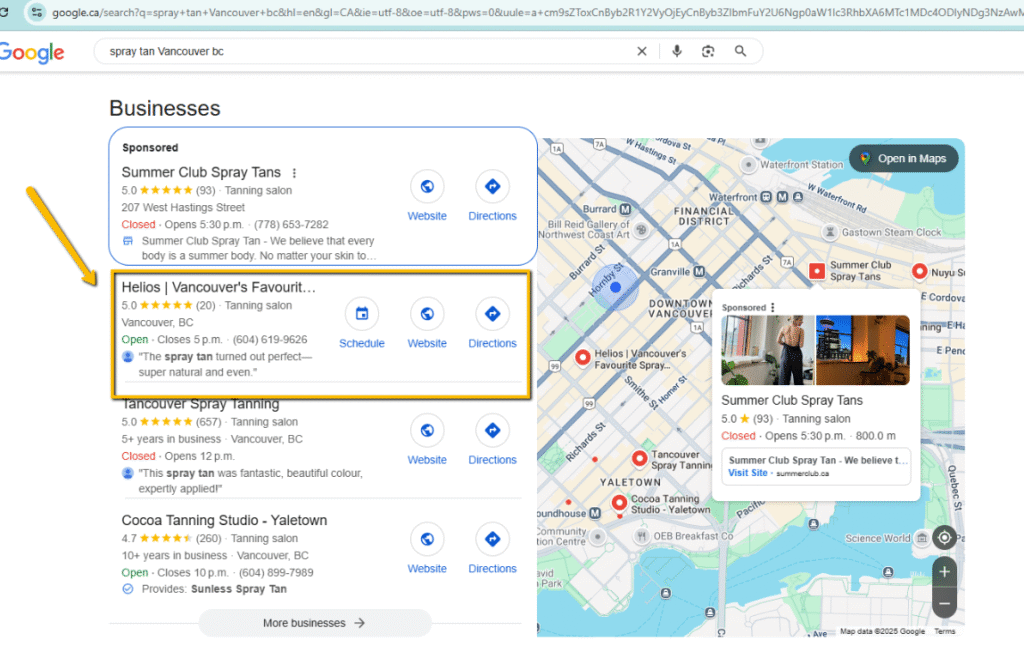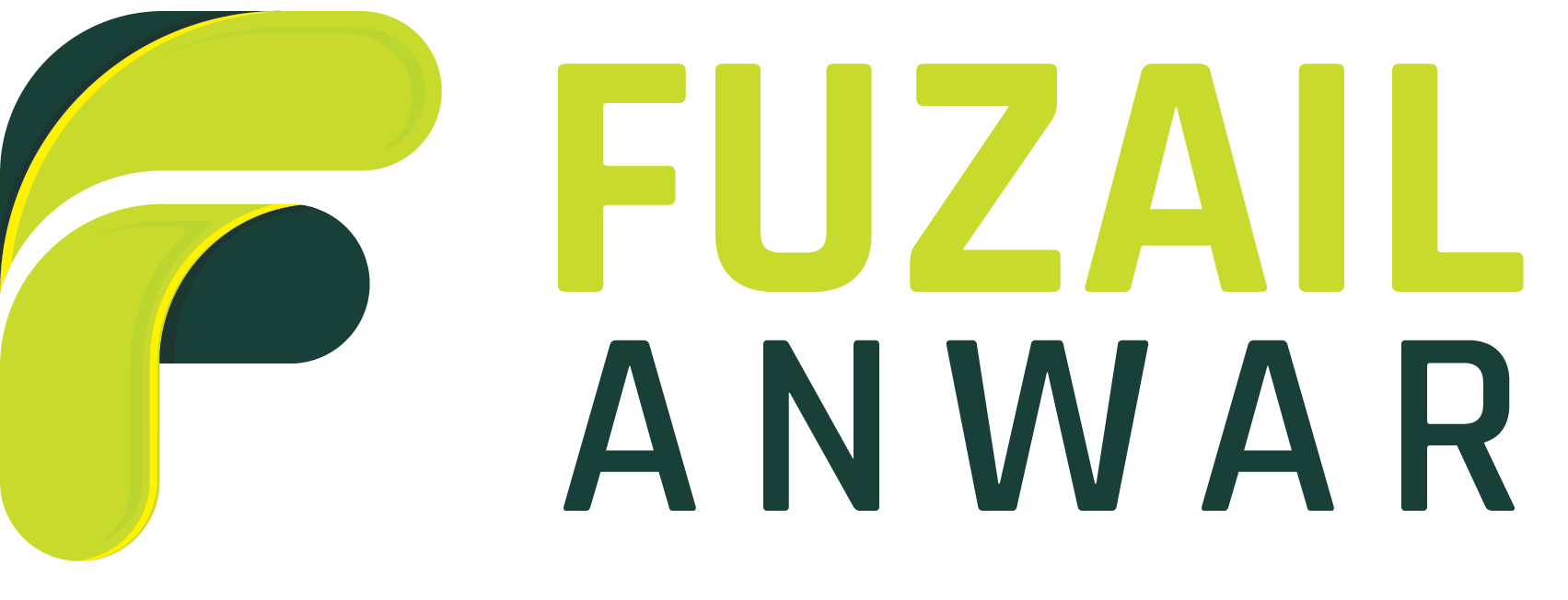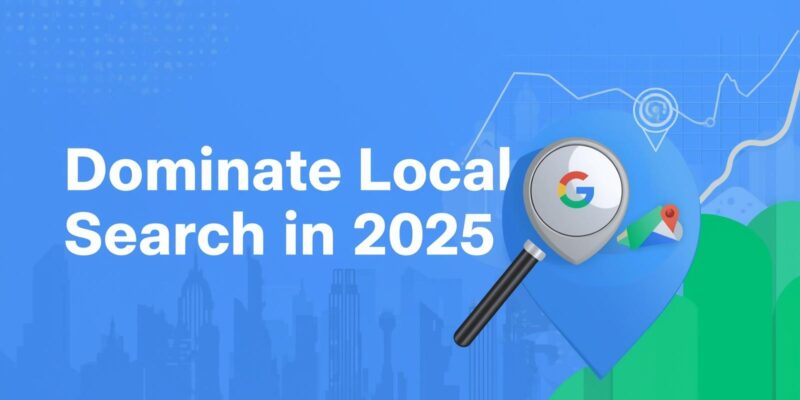When someone searches for “best plumber near me” or “SEO services in [City],” do you know what decides who shows up at the top? That’s Local SEO.
And trust me, if you run a small business today, local SEO isn’t optional. It’s survival.
I have worked with many local businesses across different cities. In my local SEO case studies, I’ve seen how the right local SEO strategy can turn a struggling business into one that’s flooded with calls, leads, and store visits. In this article, I will break down the exact strategies I used (and you can copy them too).
Understanding Google Business Profile (GBP)
Your Google Business Profile (formerly Google My Business) is the backbone of local SEO.
When someone searches on Google Maps or adds “near me” after a keyword, the map pack is usually the first thing they see. That’s where you want your business to show up.
What worked for me in client projects:
- Complete profile setup (hours, photos, services, Q&A).
- Getting GBP verified and keeping info accurate.
- Posting updates and offers regularly.

In one of my case studies, just optimizing GBP alone doubled the number of calls my client got within 2 months.
Local Keyword Research + Content Optimization
Ranking for “SEO services” is impossible if you’re a local business. But “SEO services in California City” or “best SEO in San Francisco” is achievable.
Here’s how I approach it:
- Look for location specific and conversational queries.
- Include “near me” and voice search style keywords.
- Write content that shows you understand the city and culture.
For example, in a client project, I created landing pages like “Home Renovation in St. Albert” instead of just “Home Renovation.” The result? That page started bringing in qualified leads within weeks.
NAP Consistency & Local Citations
NAP = Name, Address, Phone. If these three things aren’t consistent across Google, directories and social profiles, Google doesn’t trust your business.
I use tools and manual checks to fix NAP issues. In one project, a client’s phone number was listed differently on multiple sites, once we fixed that and built citations, their rankings moved from page 2 to map pack.
On-Page & Technical SEO for Local Sites
Once GBP and citations are sorted, the next layer is your website.
Here’s my checklist:
- Meta titles with local keywords.
- H1 + headings mentioning the city/area.
- Embed Google Maps on the contact page.
- Use LocalBusiness schema.
- Make sure your site is fast and mobile-friendly.
In one case study, adding schema + fixing page speed gave us a ranking boost within weeks.
Reviews & Reputation Building
Google loves reviews. And so do customers.
But here’s the secret: it’s not just about collecting 5-star reviews. Responding to reviews and showcasing them on your site matters too.
One of my clients had zero reviews. We created a simple follow-up process asking customers for feedback. Within 3 months, they had 25+ positive reviews, and their profile visibility skyrocketed.
Localized Landing Pages for Multiple Areas
If you serve multiple neighborhoods or nearby cities, don’t rely on one “service” page.
Instead, create separate landing pages for each location. Each page should have unique content that talks about that area specifically.
Example:
- “Plumbing Services in Downtown Toronto”
- “Plumbing Services in Scarborough”
This helped one of my renovation clients dominate multiple areas around their main city.
Monitoring & Measuring Success
Local SEO takes time. I usually tell clients to expect visible results within 4-6 months.
Here’s what I track:
- GBP calls, direction requests, and messages.
- Keyword rankings in the map pack.
- Website traffic from local queries.
- Conversion actions (form fills, calls, bookings).
With the right tracking in place, you will know exactly what’s working.
By Fuzail Anwar
SEO Expert | Helping businesses worldwide
If you need help Lets Connect




